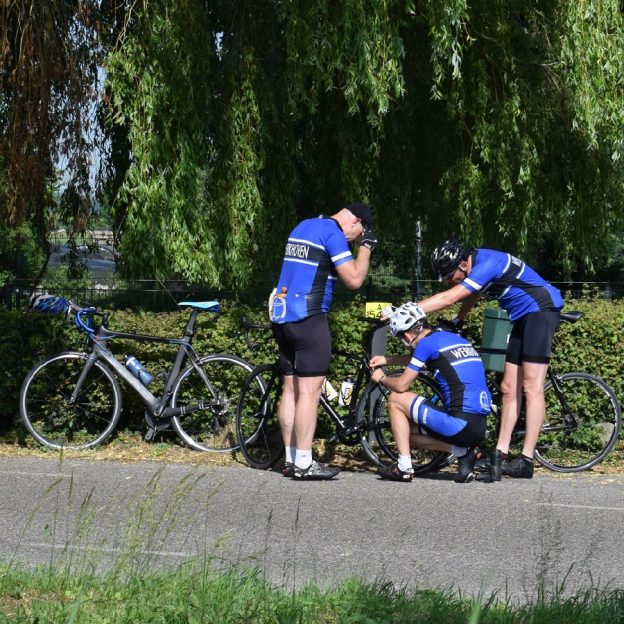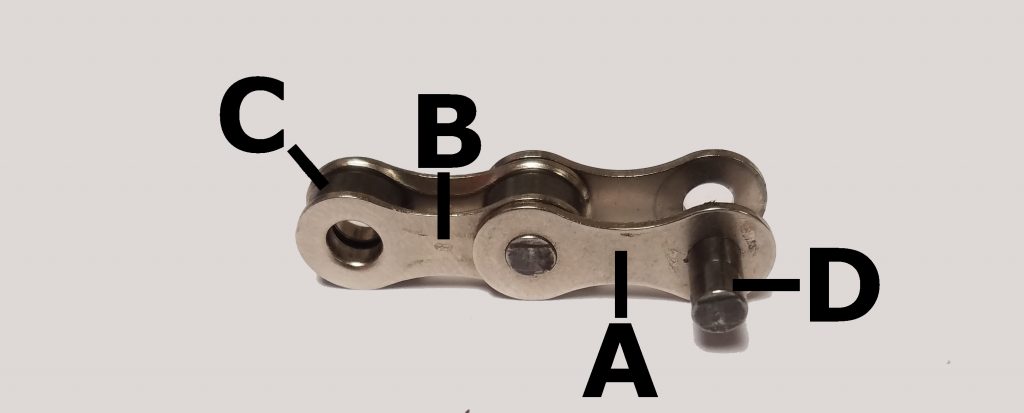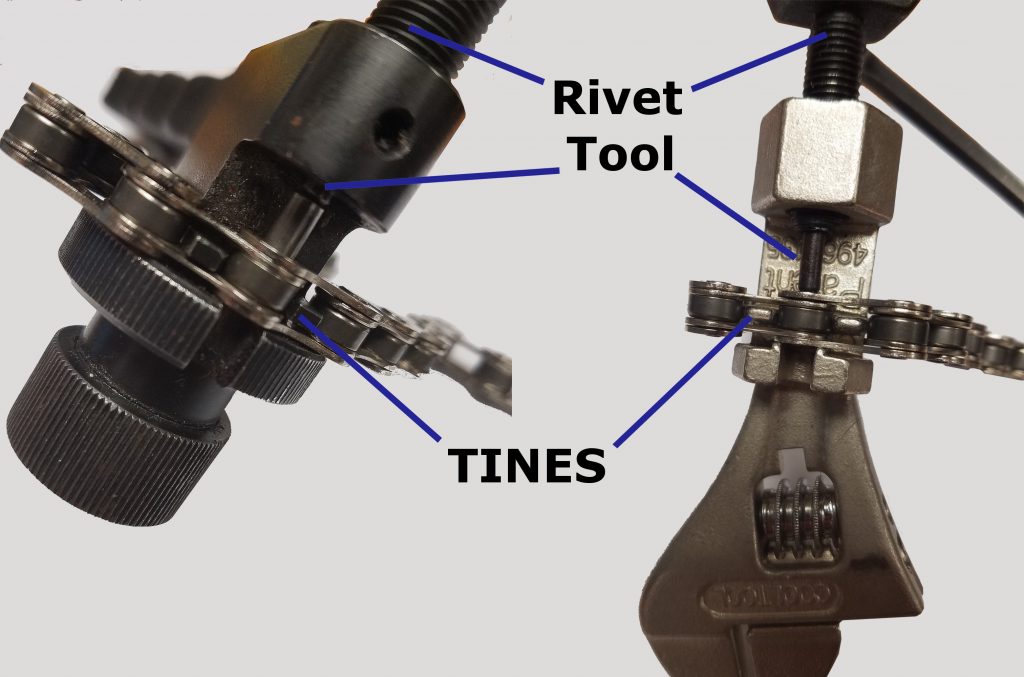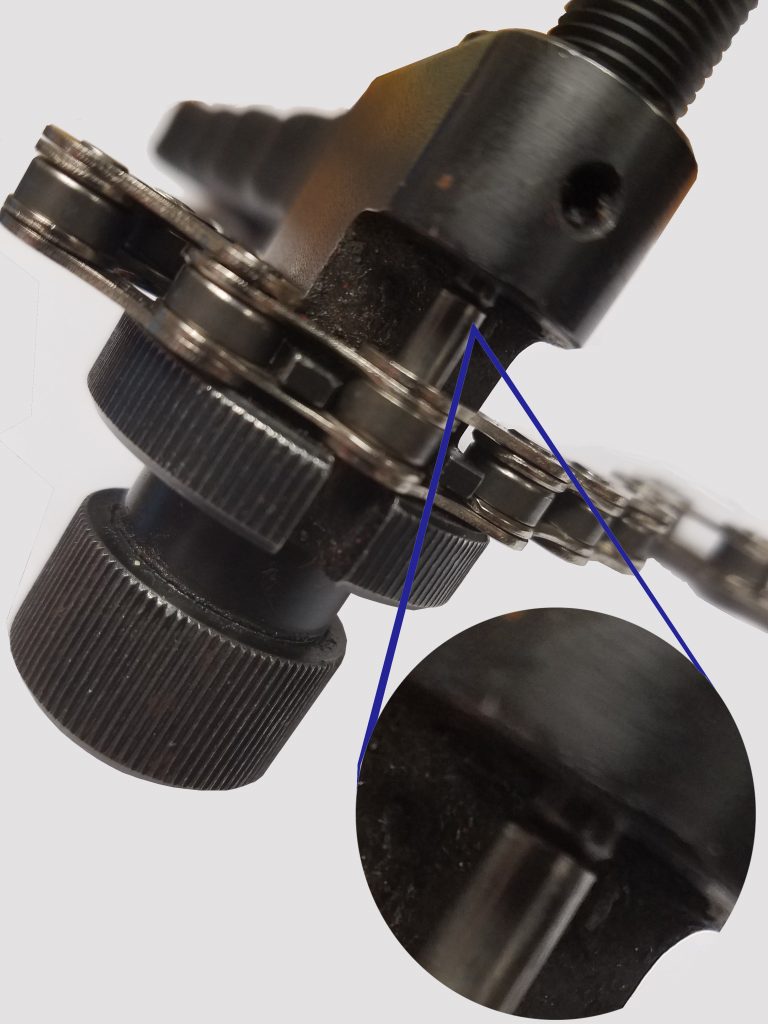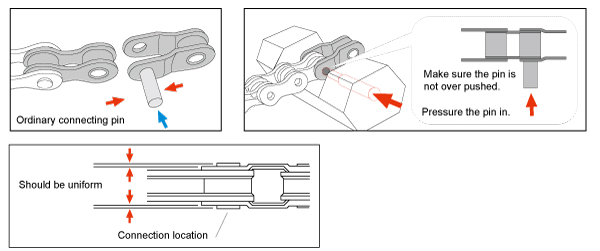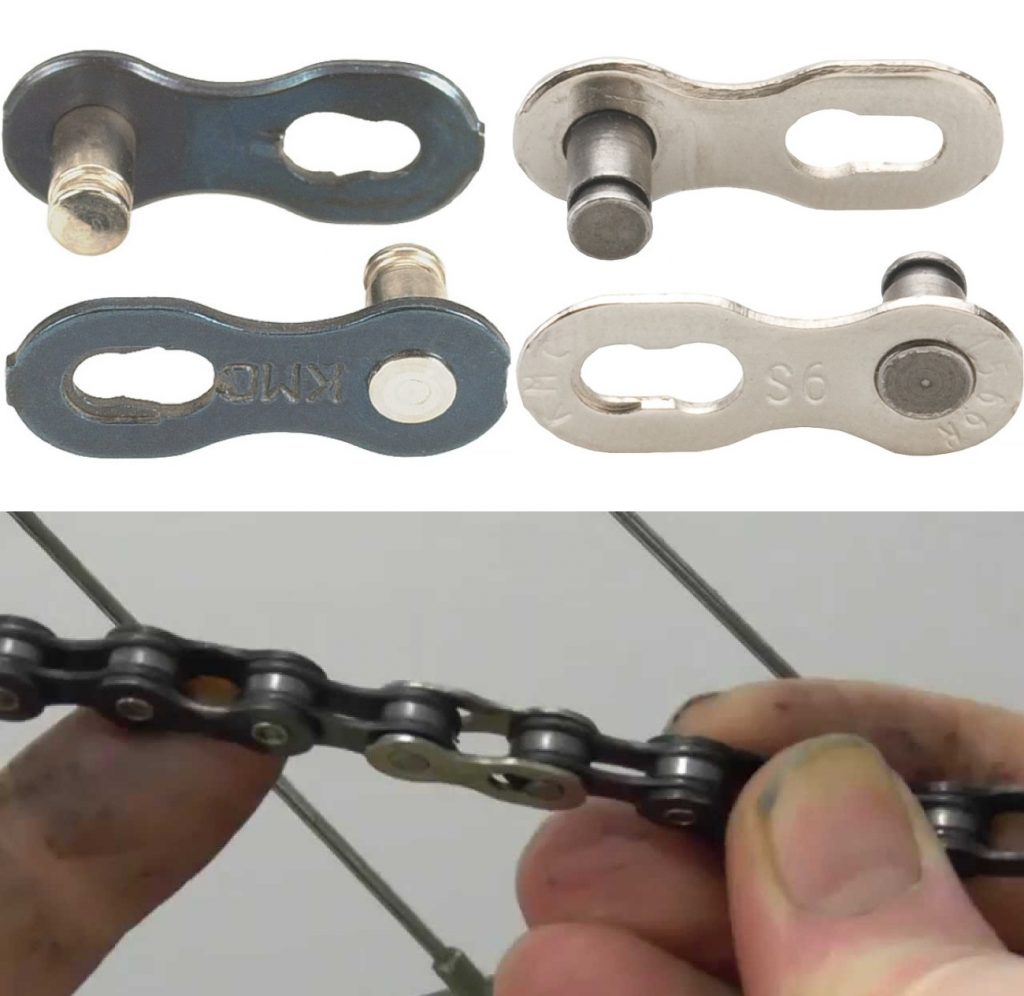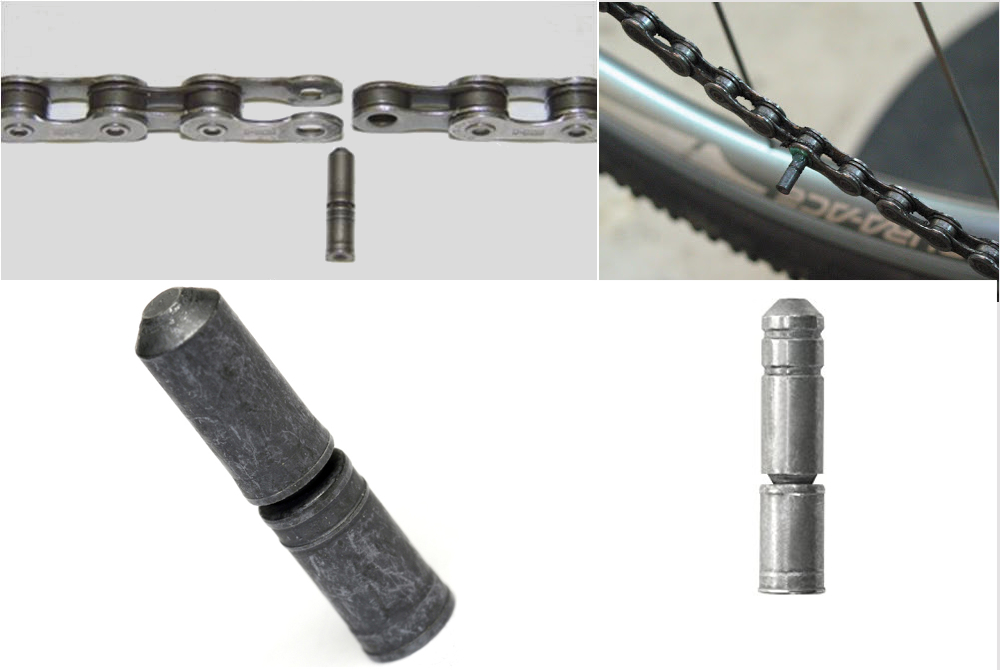by John Brown, HaveFunBiking.com
The second most common trail side mechanical problem to a flat tire is a broken chain. While it could be the end of an otherwise great ride, with a little preparation you can easily fix the chain and get your bike back on the road. Read on to learn the causes of and remedies to a broken chain.
Why is a broken chain common?
Wear
Chains break for a host of reasons, but most common is wear. For example, if a chain has been ridden for 2500 miles, it will actually stretch out. Correspondingly, a ridden chain will be longer from link to link than a new chain. Because the chain is stretched, the metal fatigues is more susceptible to failure. Additionally, as the chain wears the chainrings and cassette (gears in the rear) will wear out as well. Combine all those factors, mix in one bad shift and you have a recipe for a broken chain. Therefore, it’s a good idea to have your chain checked by your local bike shop at least once a year.
Impact
Chains, like anything else on your bike, can be damaged if it gets hit hard enough. While not as common, chains can break if they are involved in a rock strike or other impact. Impact damage to chains can be more difficult to repair than if the chain breaks due to wear. The reason being, wear will typically only break one chain link, while impact can damage many.
The parts of your bike chain
Your chain is made of only four pieces; the outer plate (A), inner plate (B), roller (C), and rivet (D) and every link contains two of each.
How to fix a broken chain
To start, you need find and remove the broken link. How much of the broken chain you remove depends on how you are fixing it. Usually, you need to remove a complete link (one set of outer plates, inner plates, rollers and rivets like in the picture above).
To repair, replace or adjust the length of you chain you need to purchase a chain tool. A chain tool is a device that pushes the rivets into and out of a chain. Generally speaking, most bicycle multi-tools will have chain tools, but you can also buy them individually.

Pedros multi tool on the left and Park Tools CT5 on the right.
To use the chain tool, position the chain into the lower tines (see image below). Once the chain is positioned, begin threading in the rivet tool (see image) until it forces the chain rivet almost all the way out. As you can see, the chain will easily come apart. Repeat this process until all portions of the broken chain are removed.
Removing a broken chain link and shortening chain
For older chains you can remove the broken link and mend the chain back together one link short. Keep in mind, the chain length is very specific for the function of the drivetrain. If you shorten the chain, you will lose the ability to shift into the largest cogs safely. Therefore, have the chain properly sized and repaired at your local shop once you get home. With the broken link removed you will need to put the chain back together. Start by pushing the two links ends together and placing them in the chain tool. Force the rivet back into place with the chain tool. Done!
Install a quick link
Quick links come in many different sizes depending on the amount of speeds your bike has. From 8-12 speed, chains will all use a different quick links that are not cross compatible. If only the outer plates are broken, you can cut them out, install the quick link, and ride off as if nothing happened. If an inner plates break, you must cut 1-1/2 links out of the chain before installing the quick link.
Install a chain pin
Installing a chain pin is necessary for all Shimano brand chains. Like quick links they are speed specific (ie. 8,9,10 speed etc.), and not cross compatible. To install a chain pin, remove the offending link and the rivet completely (see image below). Then, put the two chain ends together (held in place by the chain pin) and use the chain tool to press the pin into place. Once the chain is installed break off the portion of the pin protruding from the back of the chain.
Ongoing maintenance
Breaking a chain is rarely an isolated incident and more frequently, it is the sign of a larger issue. If you do break a chain on the trail, be sure to get your bike to a professional for inspection. Additionally, if you need to replace the chain be prepared to replace the cassette, and possibly chainrings as well. Considering all the parts of your drivetrain wear together, attempting to to introduce a new part into that group might not function well.
We hope this information is helpful, both for situations when out riding and when you need to bring your bike in for servicing. Have Fun!
